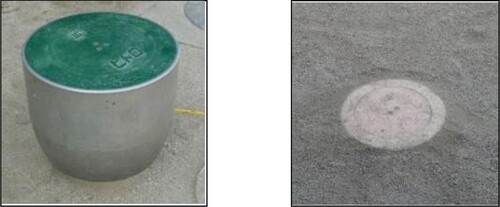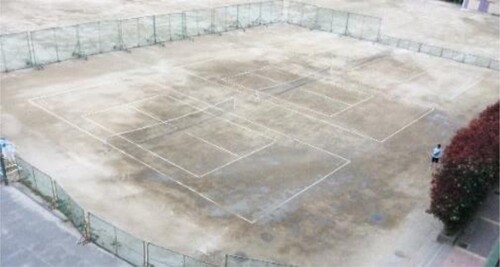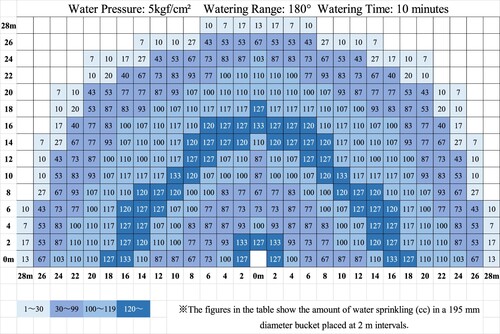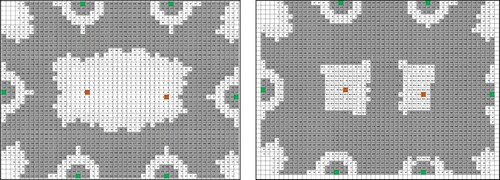Figures & data
Figure 1. The process of mathematical modeling (Miwa, Citation1986a, p. 402)
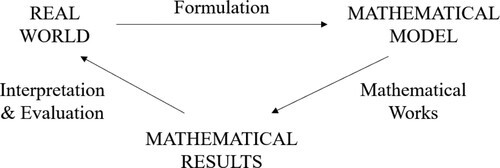
Figure 2. Mathematical modeling cycle in this study (Maaβ, Citation2006, p. 115)
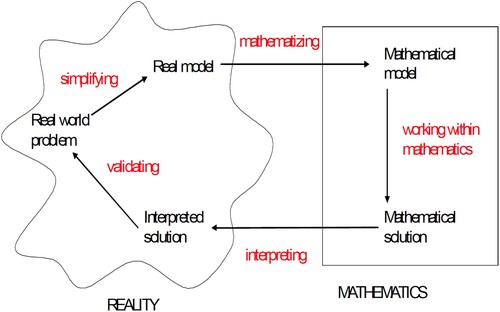
Figure 3. Water bottle display (Stillman, Citation2015, p. 50)
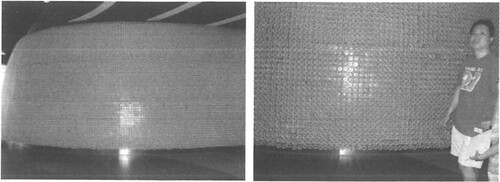
Figure 4. Sprinklers in the schoolyard of X Junior High School (Google, Citationn.d. Map A)
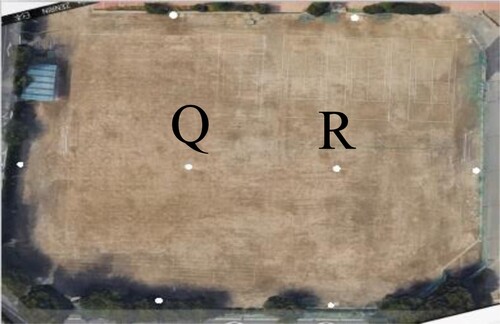
Figure 9. Rectangular Model (Google, Citationn.d. Map B)
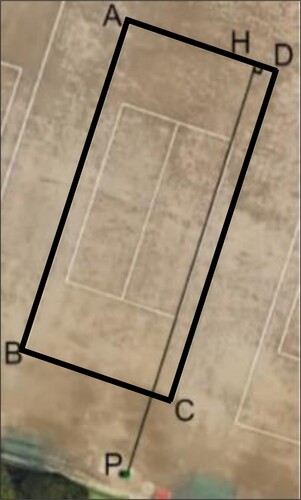
Figure 10. Watering range of the circular model (left: current, right: after repair [Google, Citationn.d. Map A])
![Figure 10. Watering range of the circular model (left: current, right: after repair [Google, Citationn.d. Map A])](/cms/asset/c8c2d7f8-63f6-4ea3-854f-e3592549813a/tmes_a_1977402_f0010_oc.jpg)
Figure 12. The water distribution model I (Current situation; right: An enlarged part of the left side)
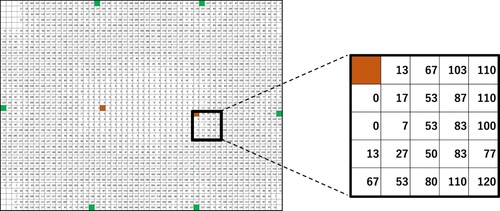
Table 1. Proportion that receives 90 cc or more of water to x minute (current situation)
Table 2. Proportion that receives 90 cc or more of water to x minute (after repair)
Table 3. The presence or absence of sand dust when pouring the sand sprayed with water collected in a cup.
Figure 17. Judgment model for repairs (x: %, y: ten million yen; dotted line: no repair, solid line: with repair)
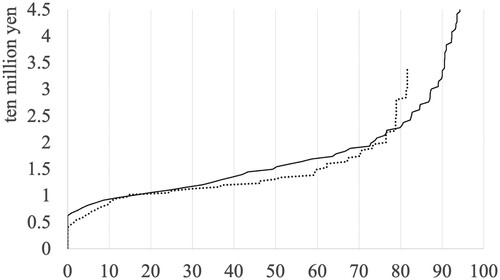
Figure 18. Water distribution model of each situation (upper left: one sprinkler, lower left: two sprinklers, lower right: failure) and the proportion model of one embedded type sprinkler (x: minutes, y: %)
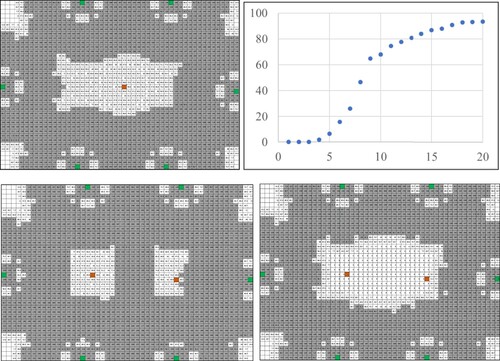
Figure 19. Body pressure distribution model (Fujimaki, Citation2005, p. 11)
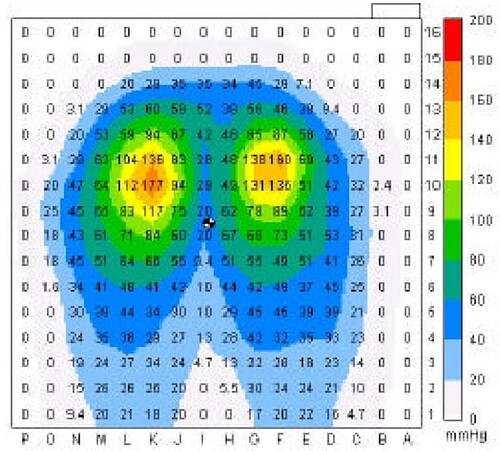
Table 4. Construction of teaching and learning principle of mathematical modeling with an emphasis on generating questions

